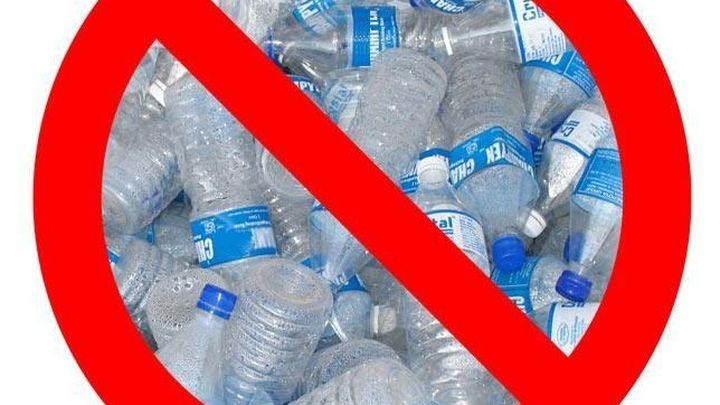
No More Plastic Bottles
Donation protected
While doing my MSc in Sustainable Entrepreneurship I have developed an idea on how to contribute to lowering global plastic bottle waste in an simple yet innovative manner. I have calculated the initial amount required for an introduction to the method planned. I shall implement the approach set out by self-checkout systems in mass supermarkets, to shopping for water and juice.
Currently, major supermarkets have machines for making freshly squeezed juice. These have a major environmental drawback, they require a thick plastic bottle which carries a barcode to be placed underneath them for the successful purchase of the juice. An environmentally cautious persona could easily bring their own container for the liquid, yet the amount contained in it would vary and estimation of the price would be biased, therefore unaccepted. An introduction to a digital autonomous scale would tackle this problem by weighing the before and after of the container, estimating the exact price. The same method, once established, could be transferred to a water dispenser, made available in-store. The final result would be a decrease in amount of plastic used for bottled juice and water, and an overall decrease in price for both, as the price for their containers would amount to 0.
The calculation of the sum is based on similar product market studies. It stands in order for the technology to be introduced. For a total supermarket implementation, subsidies and investments from the supermarket chains would be required.
Currently, major supermarkets have machines for making freshly squeezed juice. These have a major environmental drawback, they require a thick plastic bottle which carries a barcode to be placed underneath them for the successful purchase of the juice. An environmentally cautious persona could easily bring their own container for the liquid, yet the amount contained in it would vary and estimation of the price would be biased, therefore unaccepted. An introduction to a digital autonomous scale would tackle this problem by weighing the before and after of the container, estimating the exact price. The same method, once established, could be transferred to a water dispenser, made available in-store. The final result would be a decrease in amount of plastic used for bottled juice and water, and an overall decrease in price for both, as the price for their containers would amount to 0.
The calculation of the sum is based on similar product market studies. It stands in order for the technology to be introduced. For a total supermarket implementation, subsidies and investments from the supermarket chains would be required.
Organizer
Martin Bakardzhiev
Organizer